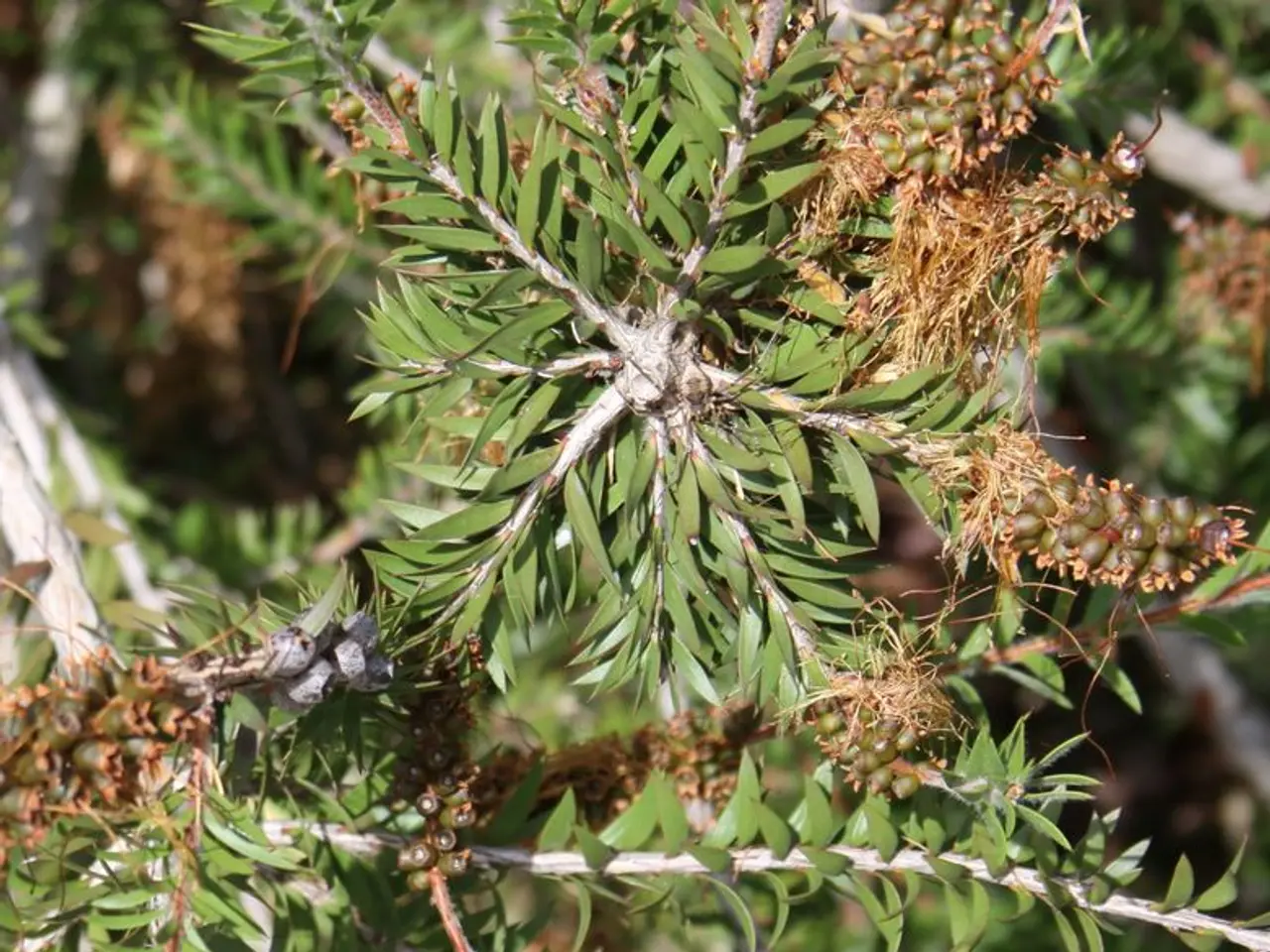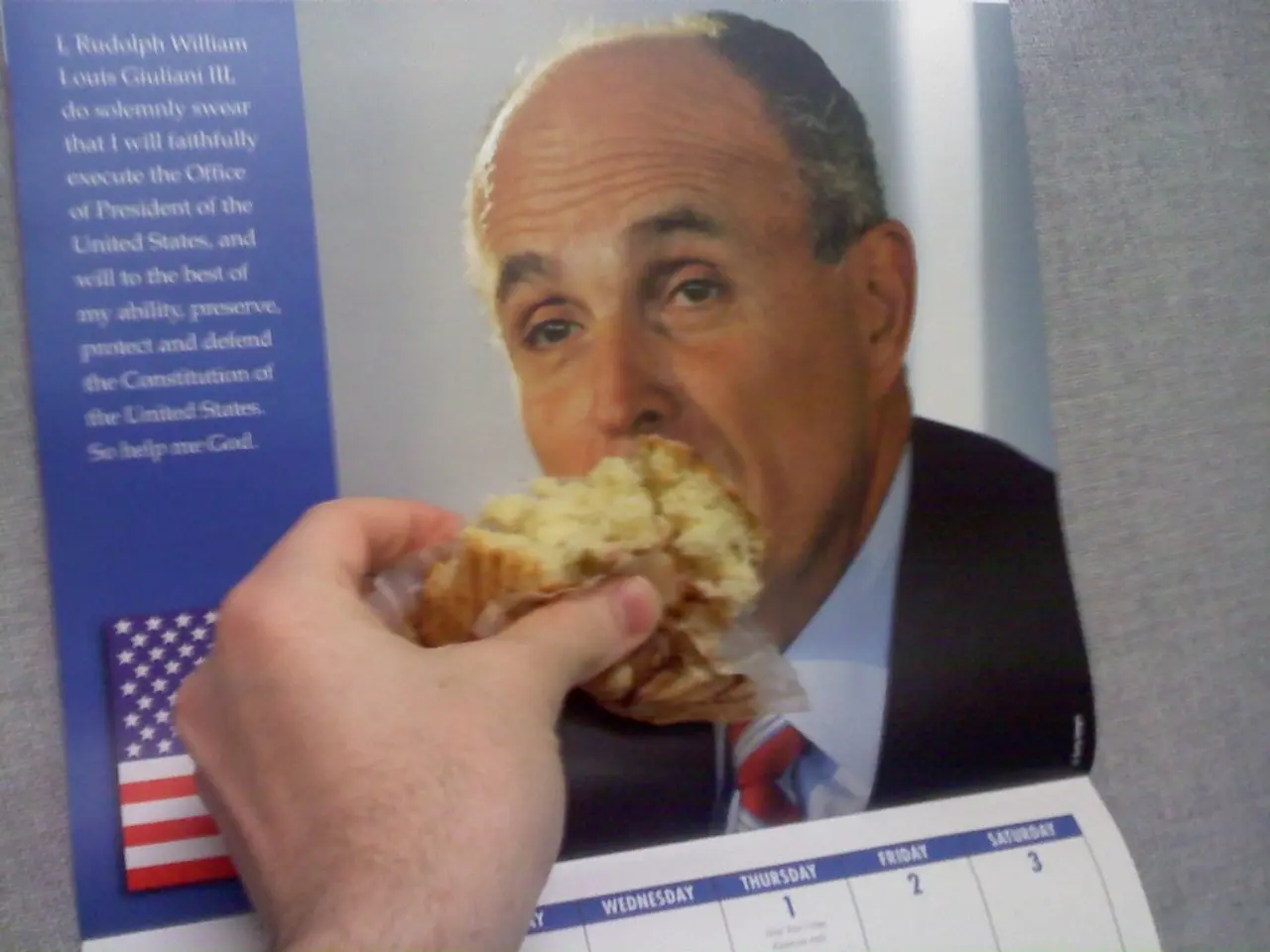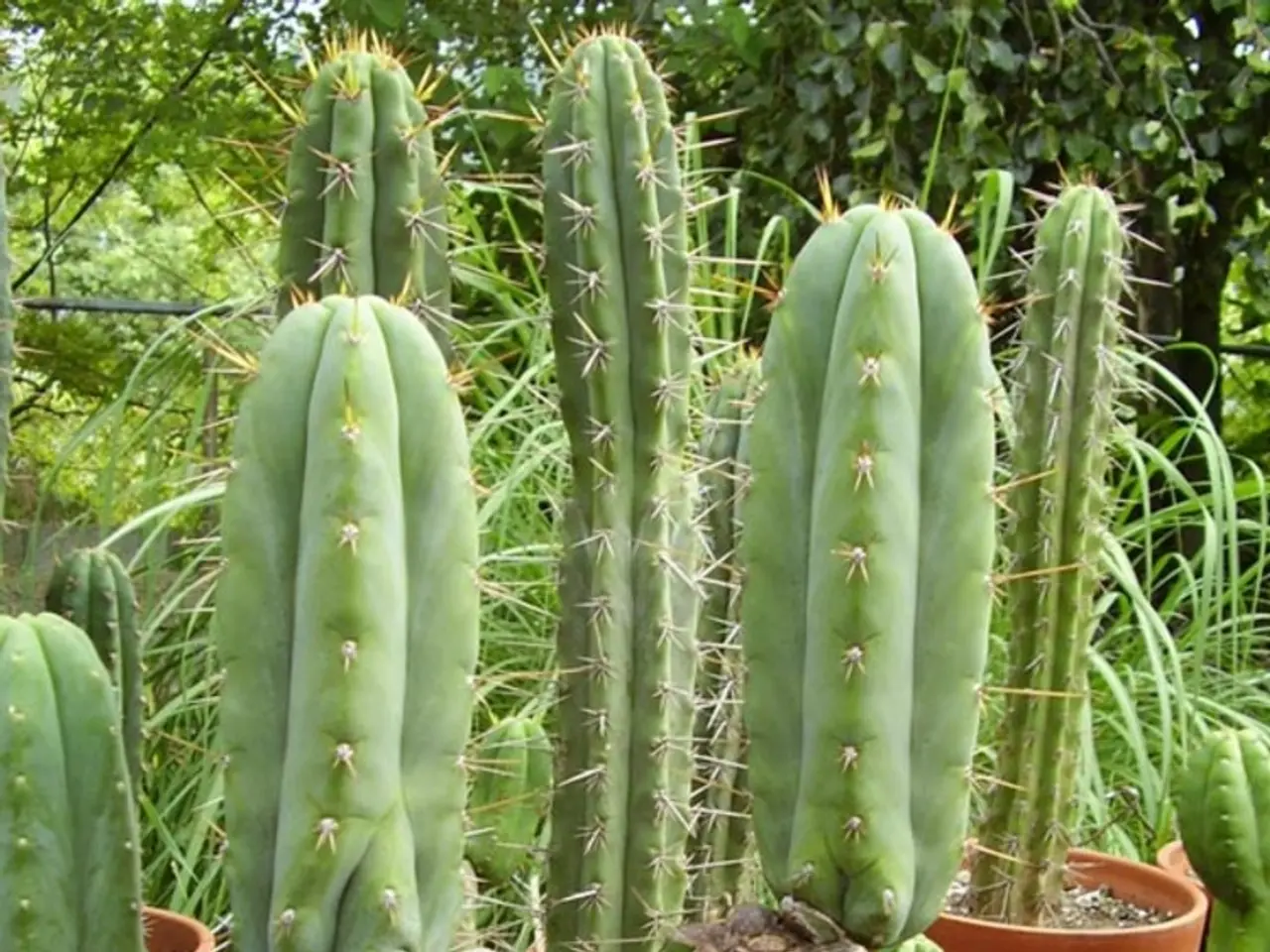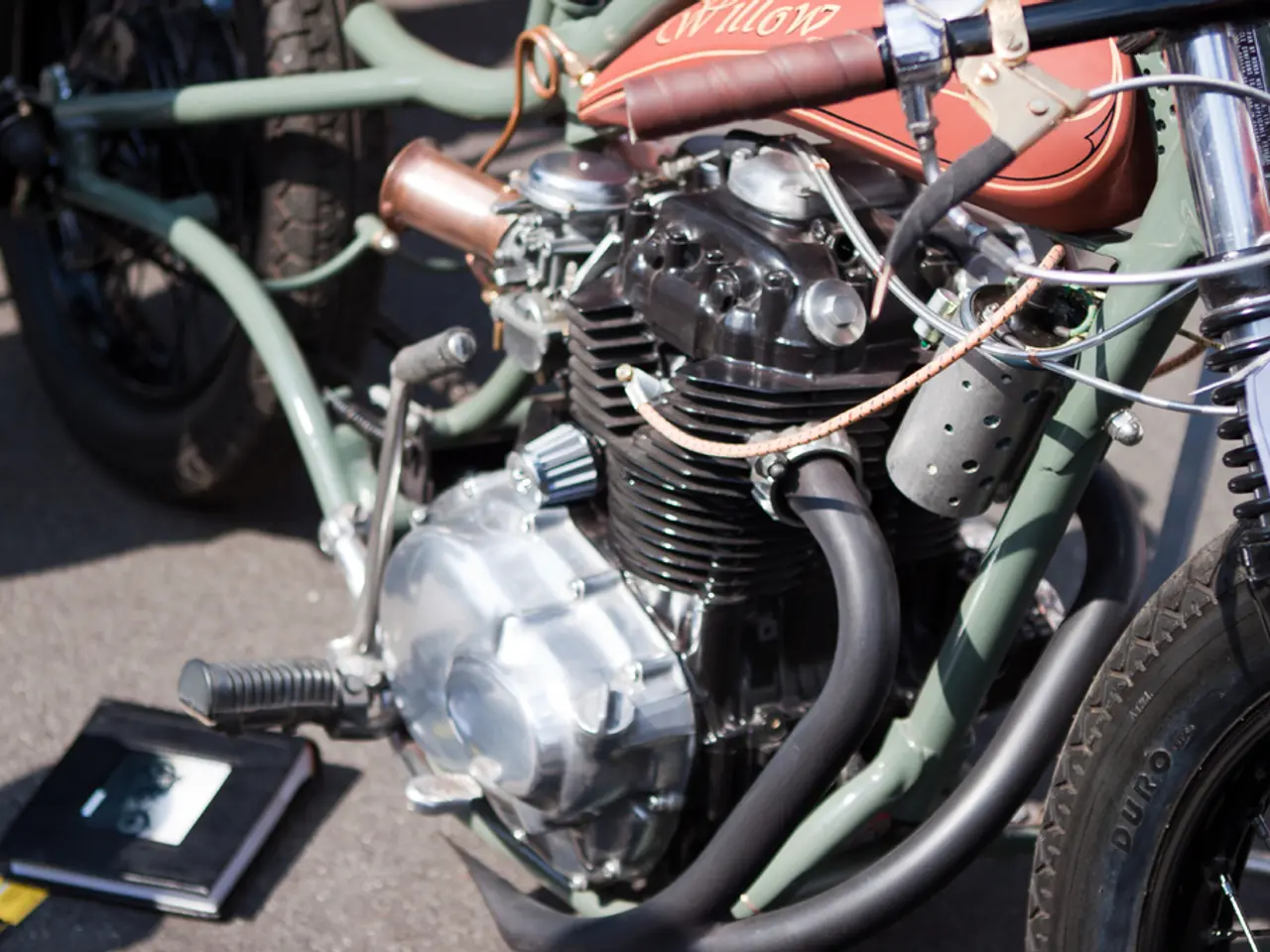Curl affected by peach tree foliage
In the world of gardening, a common challenge faced by many fruit tree growers is the Peach Tree Leaf Curl fungus. This fungus feeds on young leaves, causing distortion and affecting their development. In a weakened state, the flowers and fruit of the plant fall off, leading to a significant loss of produce.
However, fear not! Organic methods to prevent and manage this fungus mainly focus on cultural controls and timely applications of organic fungicides. Effective treatment post-infection is not possible, making preventive measures crucial.
Key organic strategies include:
- Timing fungicide applications: Apply copper- or sulfur-based fungicides during the dormant season (late autumn after leaf fall and early spring before bud break), before visible symptoms appear. One dormant spray is usually sufficient. Proper timing is critical since treatment after symptoms emerge is ineffective.
- Pruning and sanitation: Prune trees during winter to remove infected leaves or branches and improve air circulation, reducing humidity levels that favor fungal infection.
- Managing moisture: Keep peach trees as dry as possible from October to May; protecting branches and buds from rain and excess moisture reduces infection risk because the fungus needs moist conditions.
- Protecting the tree physically: Some gardeners build simple rain shelters (like a DIY lean-to with plastic sheeting) over trees during the wet season to keep buds dry while allowing airflow and pollinator access.
- Using organic biocontrols: Products like Trianum Shield, which contain beneficial microbes, may help control peach diseases organically and boost tree health, though specific efficacy against leaf curl is less documented.
Overall, cultural controls (sanitation, pruning, moisture management) plus dormant copper or sulfur fungicide sprays represent the primary organic-compliant approach to managing peach leaf curl fungus effectively.
It's essential to note that the fungus survives on fallen leaves and branches for re-infection next season. Infected leaves, flowers, and fruit should be removed promptly, and fallen leaves around trees should be cleared to prevent re-infection.
Garden compost can be used as mulch around the base of trees to maintain general health, but avoid over-feeding with nitrogen fertiliser. Fungal spores land on buds in spring, infesting newly-emerging leaves, so it's crucial to keep the tree as dry as possible during this period.
Polythene sheets can be used to cover fence or wall-trained trees in January and February to prevent fungus development. Open-sided 'tents' can be erected over bushes in the open garden as an alternative.
In some cases, if organic methods fail or disease history is severe, chemical fungicides such as chlorothalonil may be recommended. However, organic growers rely mainly on preventive timing and cultural methods.
Despite the challenges posed by the Peach Tree Leaf Curl fungus, with these organic methods, gardeners can effectively manage this issue and ensure a healthy and fruitful peach tree.
- Maintaining a healthy home-and-garden environment is crucial in preventing the Peach Tree Leaf Curl fungus, as organically preventing and managing this fungus primarily involves cultural controls such as timely applications of organic fungicides, pruning, sanitation, and managing moisture.
- Gardening enthusiasts can ensure the longevity of their peach trees by employing organic strategies like timing fungicide applications, pruning and sanitation, moisture management, protective physical barriers, and the use of organic biocontrols.



